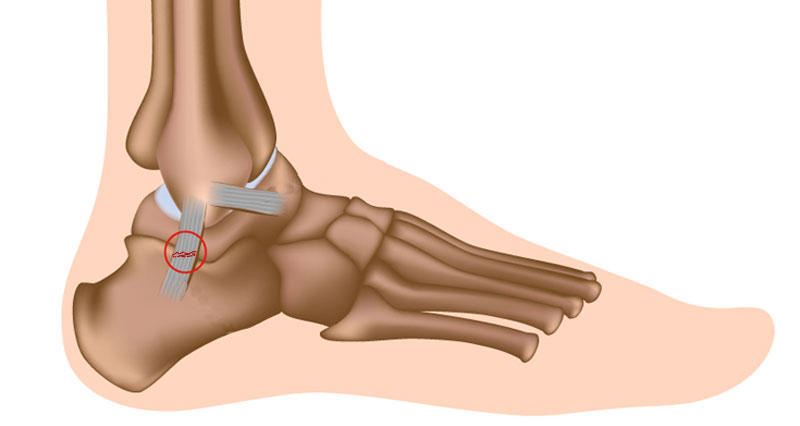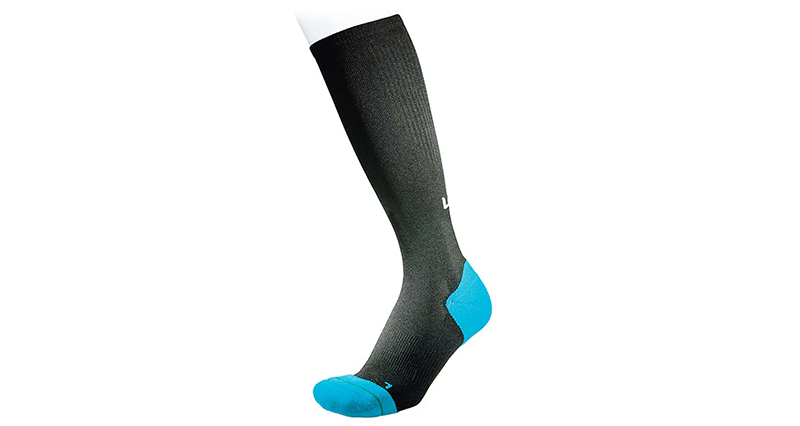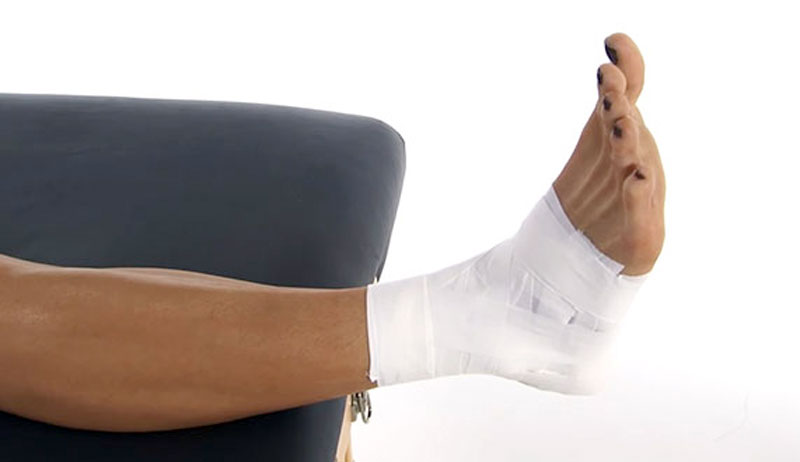Here we explain how a sports injury professional might diagnose a sprained ankle and demonstrate simple assessment tests.
How bad is my ankle sprain?
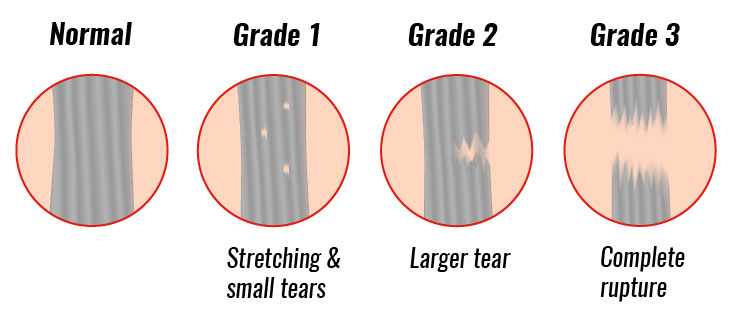
You often know instantly if you have sprained your ankle. Your foot turns inwards under the weight of your body. Ankle sprains are graded 1, 2 or 3 depending on how bad they are:
Grade 1 symptoms
A grade 1 sprain is a mild injury with some pain, but little or no swelling. Your ankle may feel stiff and you will have some difficulty walking or running.
However, they will most likely be able to finish the training session or game. Ligaments are usually stretched rather than completely torn.
They tend to recover relatively quickly, usually somewhere between 2 and 4 weeks.
Grade 2 symptoms
Grade 2 ankle sprains cause moderate to severe pain. You will be unable to continue running and will probably find it very difficult to walk.
Minor bruising and swelling may develop, either immediately, or over the following 48 hours. Your ankle will feel stiff and may feel unstable.
This is because of torn ligament
Grade 3 symptoms
A grade 3 sprain is a complete, or near-complete tear of the ligament. You will have immediate, severe ankle pain and your ankle will feel very unstable and weak.
Your ankle will swell up immediately, with bruising often developing over the following 48 hours. If you suspect you have a grade 3 sprain then you should seek medical attention as soon as possible.
You will need an x-ray to rule out fractures. Severe ankle sprains can take up to 3 months to recover.
Sprained ankle assessment tests
A professional therapist or doctor will use a range of techniques to help assess your sprained ankle. These will include
Tests which stress the ankle ligaments may be more reliable and valid if done 5 to 7 days after injury.
Anterior drawer test
The anterior drawer test assesses the ATFL (anterior talofibular ligament).
Talar tilt test
The talar tilt test assesses the calcaneofibular ligament (CFL) which connects the calcaneus (heel bone) to the fibula.
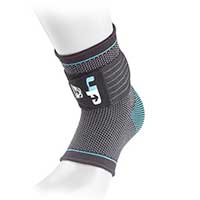
Buy Ankle Supports
External rotation and squeeze tests assess the high ankle ligaments (syndesmosis complex)
Complications and related injuries
It is important to get an accurate diagnosis as other injuries and complications can have similar symptoms to a sprained ankle, or be missed when diagnosing an ankle sprain.
- Avulsion fractures, where the ligament pulls a piece of bone with it.
- Osteochondral Lesions are injuries to the articular cartilage at the ends of bones.
- Ankle fractures can also result from a sprained ankle.

